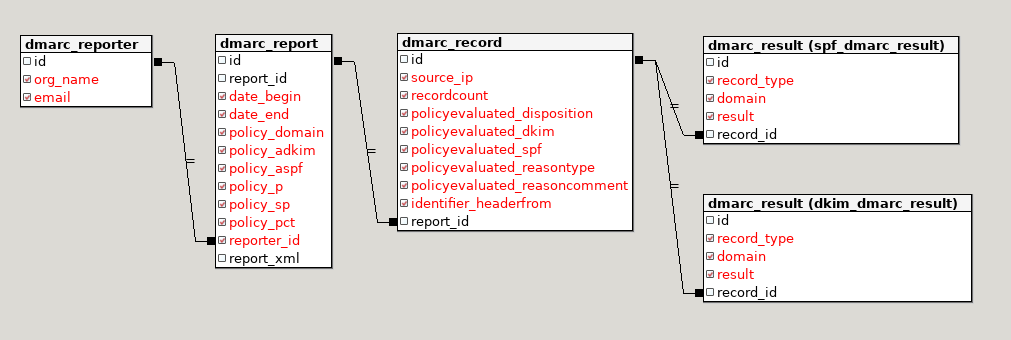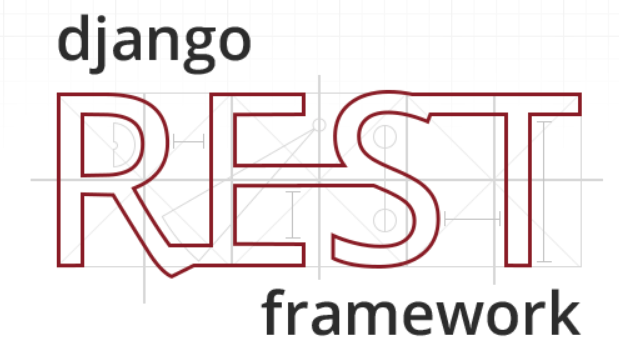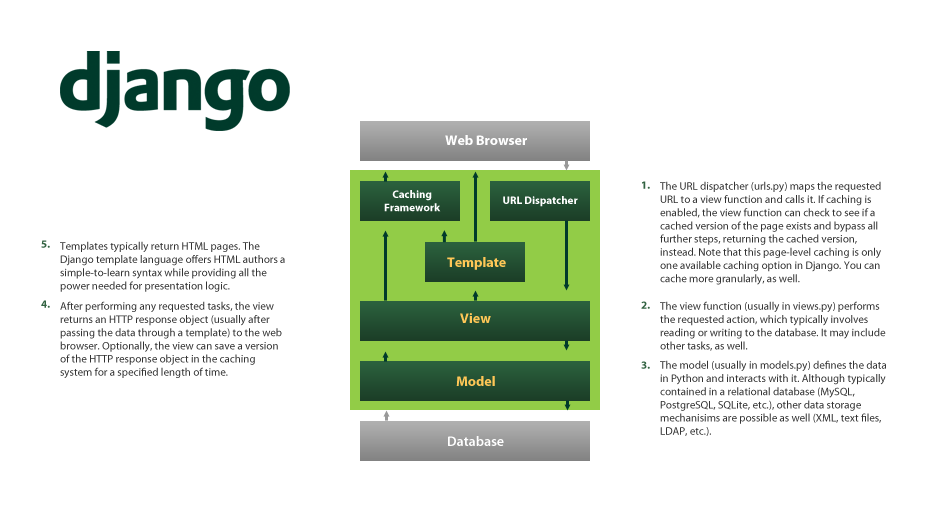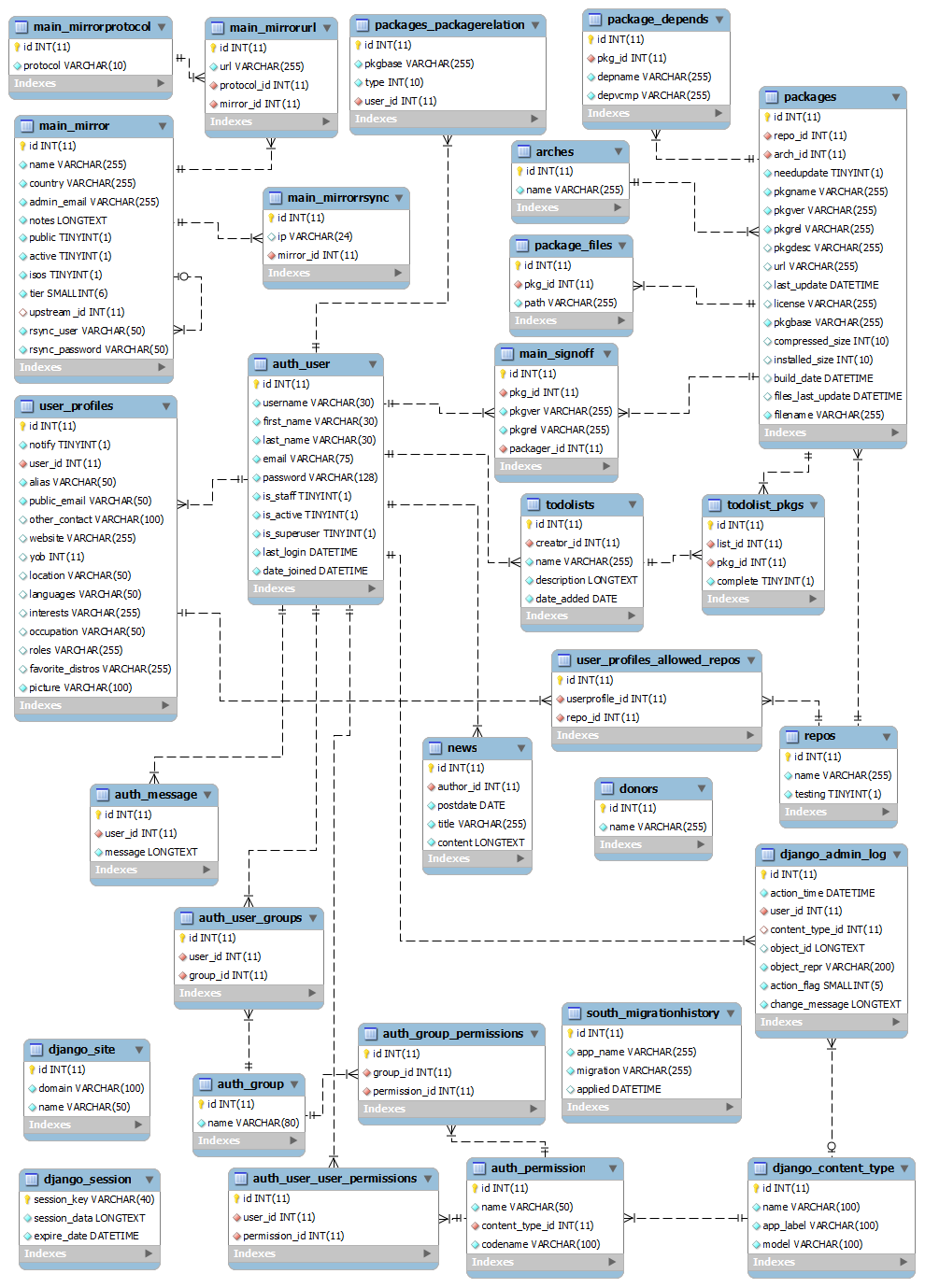Django postgres schema. python
Django postgres schema
Rating:
8,1/10
1119
reviews
#22673 (inspectdb not support database schema on postgresql with name different of

Partitioning with Partman Partman automates all the details behind partitioning and it is pretty straightforward to use. Maybe the only fix is to disallow the per model schema definition and to allow only the global one, but as I'm not expert in this area, I might be wrong :- Since this ticket has been seeing some activity lately, I decided to put some work in on the patch. This has the advantage that you can use the same apps that you use for your tenant websites. Replying to : I don't have time to fix this right now. Finally, I've made the necessary changes in the Oracle backend to get this to work. One database for all tenants, but one schema per tenant.
Next
PostgreSQL specific model fields

To succeed in copying data, partman. Also I wanted to use schemas as logical separators for my different apps. Suppose you have your main website at example. Because this is maximum 1 000 000 in size rather than 20 000 000, reindexing will execute much faster, resulting in a faster insert. Before deciding to implement partitioning, searching for alternatives is a good approach.
Next
PostgreSQL specific model fields

Warning Never use migrate as it would sync all your apps to public! This information is stored on a table on the public schema. Thus, the parent table will become a dispatcher for queries, storing no data. Most field types can be used, you simply pass another field instance as the. Partitioning is available natively starting with Postgres 10 , while sharding gained more support starting with Postgres 9. The backup of database I used is attached. With a simple code change, schemas in postgres work fine but not for inspectdb. Most field types are permitted, with the exception of those handling relational data , and.
Next
Django Schemas Postgresql

Models have all the methods required to interact with the underlying database. Some apps make sense being shared. I did find out how to achieve to above without multipleusers. You also have a great chance to meet him in a Dota2 game. As we will remove all informations from schemas which are not listed there. Postgres allows a table to inherit from another, thus allowing by default a query to span over the inheritance tree.
Next
Accessing multiple postgres schemas from Django

In order to partition a table, several child tables partitions have to be created. At the moment I do not possess necessary knowledge to solve this, but I think explicit the problems to django-community is good, because at some point someone will arrive at a good solution for this. The reason i don't want to have for each app a different table in each sites schema is that if there are changes in the database structure, i have to go over all the schemas to alter the tables. Because of this, Partman still plays a role in setting up partitioning and managing partitions. Search for information in the archives of the django-users mailing list, or post a question. After the partitioning is set up, the after insert trigger can be created, on the database side. I've managed to figure out how to specify different schemas and databases using the database section of the settings.
Next
python

This also means you should have a tenant for your main domain, typically using the public schema. A vital feature for every Software-as-a-Service website. Solution 2 If the pk is not required after saving the model, there is no point in trying to fetch it. Creating partitions is still done manually and the partitioned table has to be declared as such upfront. The Python data type used is a dict. There is certainly at least one problem in syncing now.
Next
PostgreSQL specific model fields

There is a main tenant-table, where all other tables have a foreign key pointing to. Further, I will look into the same type of exercise as in the previous solutions, but using Postgres 10. I've also fixed up a number of areas that were still passing around raw table names, including I think the case that oldium pointed out. Prior to version 10, Postgres did not support partitioning natively, but it provided a few mechanisms that leveraged the development of tools for partitioning tables. At the moment, only the partitioning structure has been created the child tables and the trigger for dispatching queries , no data has been moved yet. If no tenant is found, a 404 error is raised. No full schema support in models declarations light.
Next
django postgresql json field schema validation

As per , Django doesn't actually support schemas, so I'm not sure we can resolve this until that's fixed. Django provides currently no simple way to support multiple tenants using the same project instance, even when only the data is different. However, the management commands do not currently recognize the existence of synonyms via introspection. Also to avoid any conflicts, sequences have to be renamed in the sql file. Although under the hood table inheritance is still used, triggers are not required in order to dispatch the data correctly.
Next
Accessing multiple postgres schemas from Django

Scaling up with high-end machines is much more expensive than scaling out with a cluster of distributed mid-end machines. ArrayField can be nested to store multi-dimensional arrays. Postgres 10 partitioning and Django Postgres 10 implements partitioning natively, triggers are not used to dispatch data in the correct partition anymore, hence, the problem disappears. I will paste the change here and if I find time later on will create a pull request and also add the second change in there from for inspectdb. But if you use several schemas in the same django app you can use the trick for all tables which are not managed by django migrations. Maybe some Django dev can decide I'm not the one :- I've just looked at the patch a little bit more and I see problem with inconsistently using the schema in table names - there is a problem with syncing: What is the full list of existing tables? Fix your database connexion settings to use this module instead of the default postgresql connector this module inherits most part of this connector. Another example would be when some apps on the main website need different settings than the tenants website.
Next
django

Specifies the underlying data type and behavior for the array. This is a complement to , which returns the date and time of the current statement. Especially since I intend to build out multiple apps for a single project using different schemas as logical separators. With the table constraints defined, the planner will be able to decide which child tables will be included in the query execution. Note: Before trying out the solutions, Postgres has to be set up with Partman. Patch updated to post multi-db merge. After a save the pk will be None.
Next










